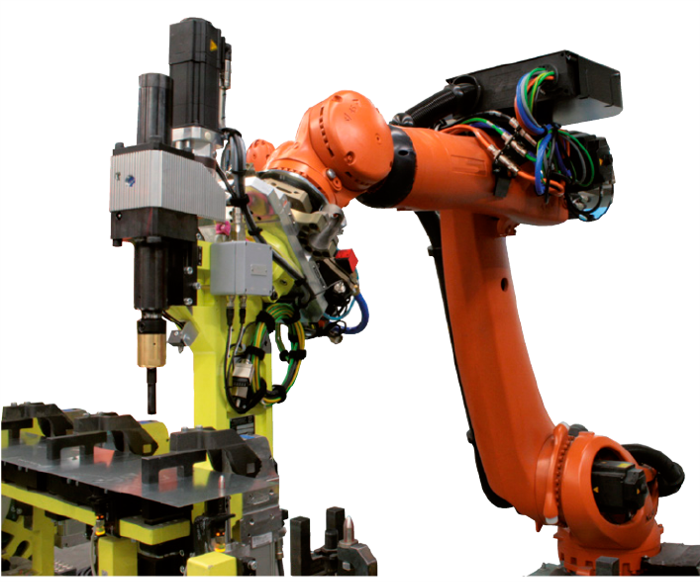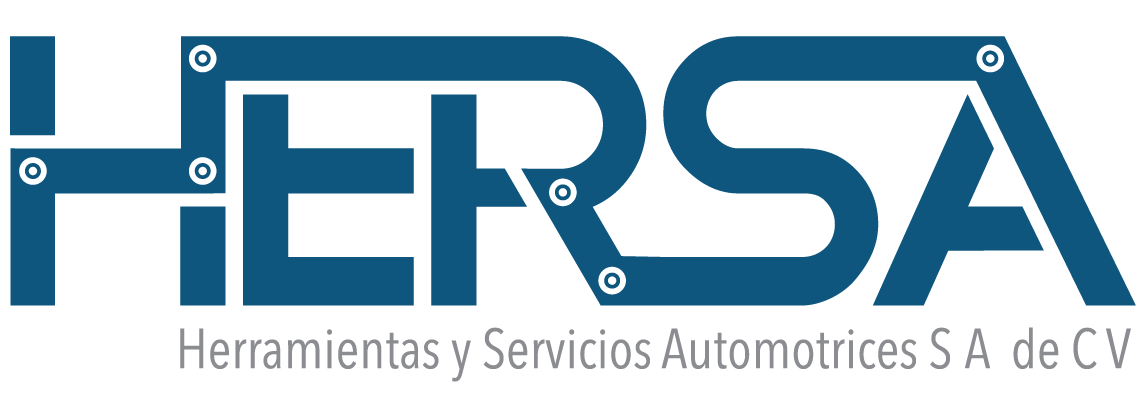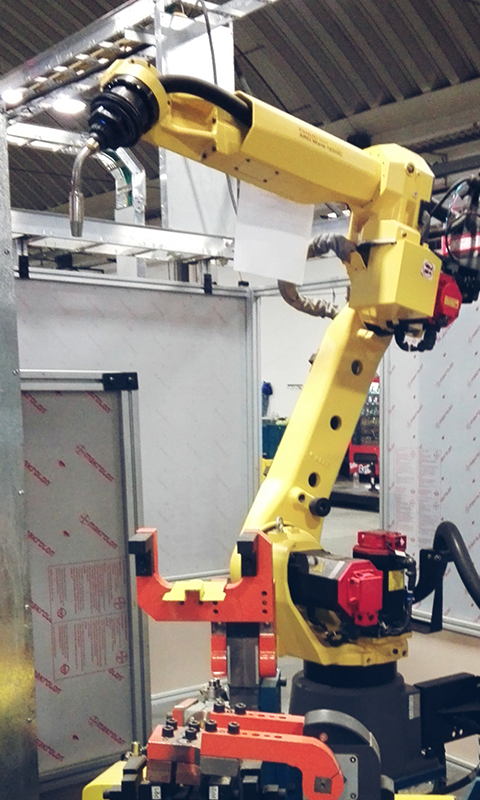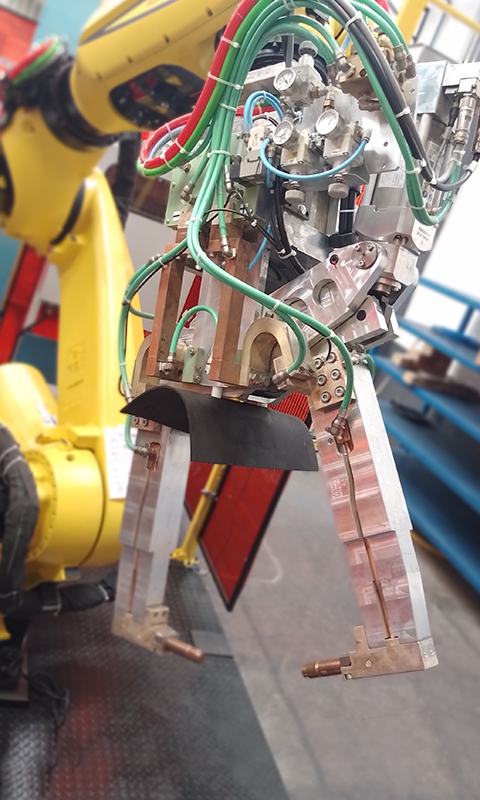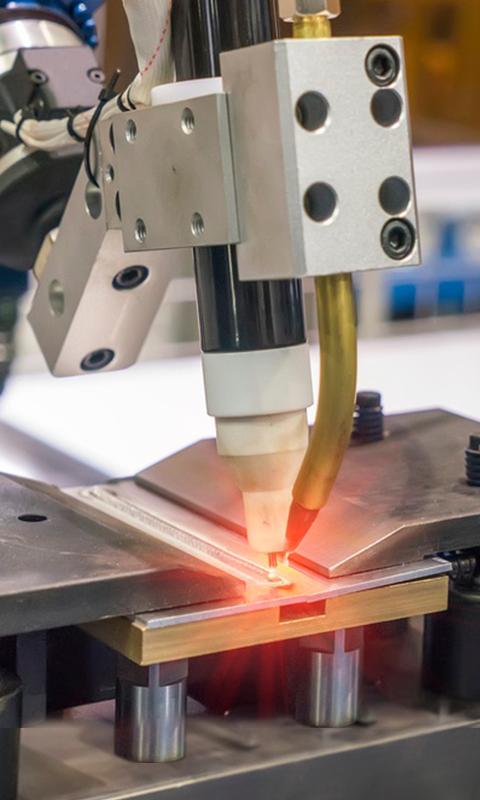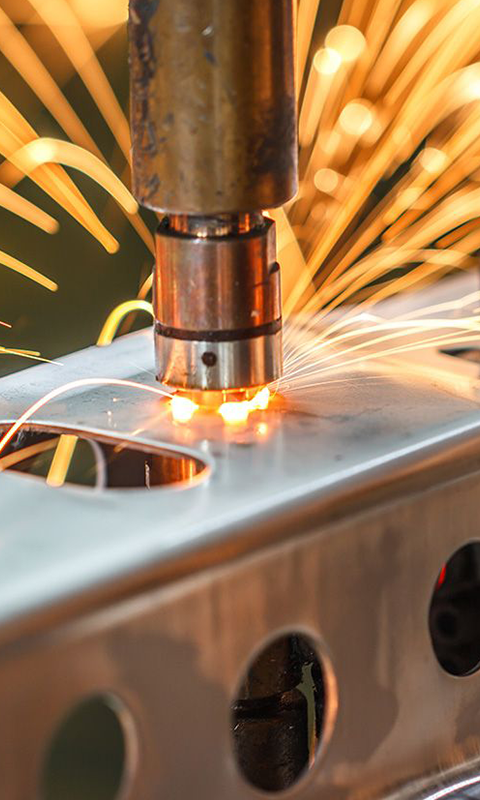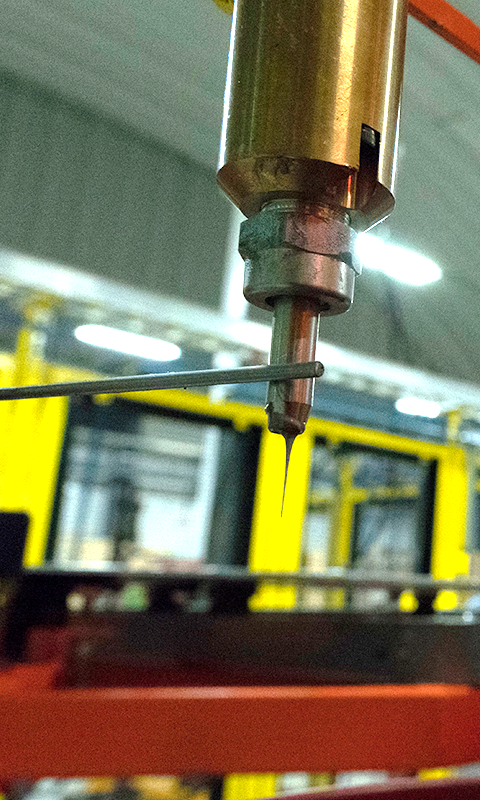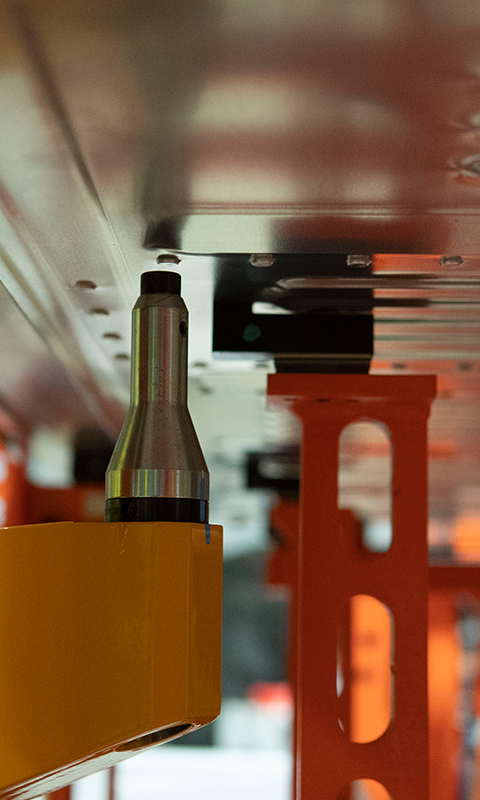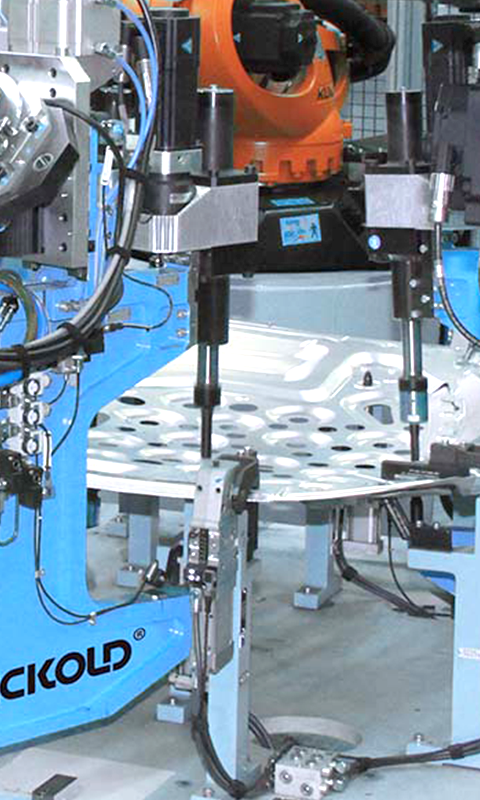Process
We Develop


Turn Key Projects






Arc Welding GMAW
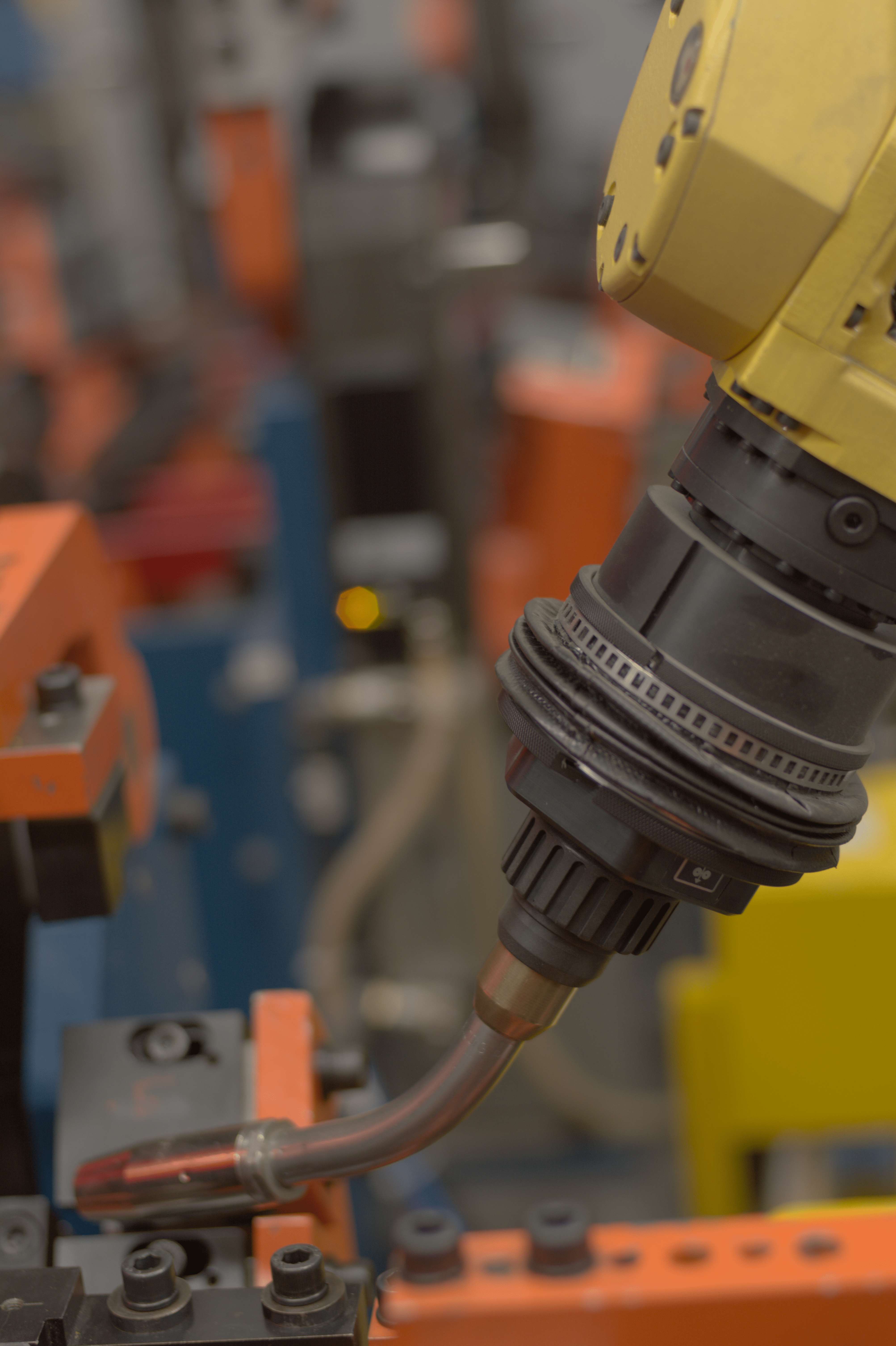
Welding process fully automatic in which a electric arc is stablish between a electrode wire and a working piece. This process provides accuracy and swiftness in the assembly process. Tipically used to joint Steel and aluminum.
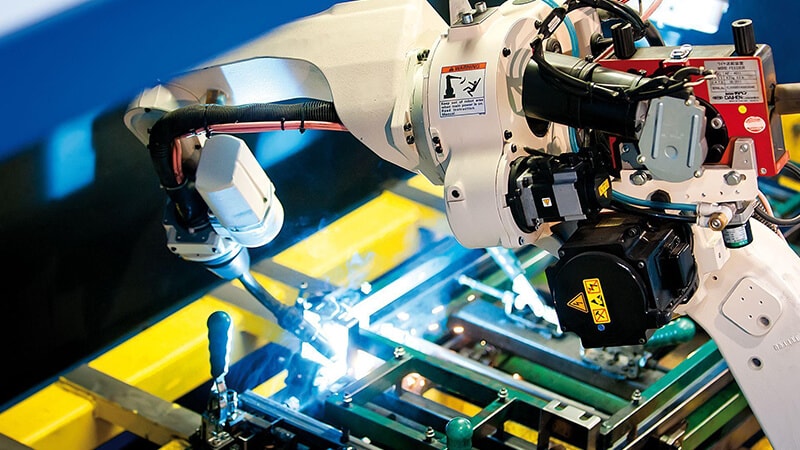
Electric Resistance Welding
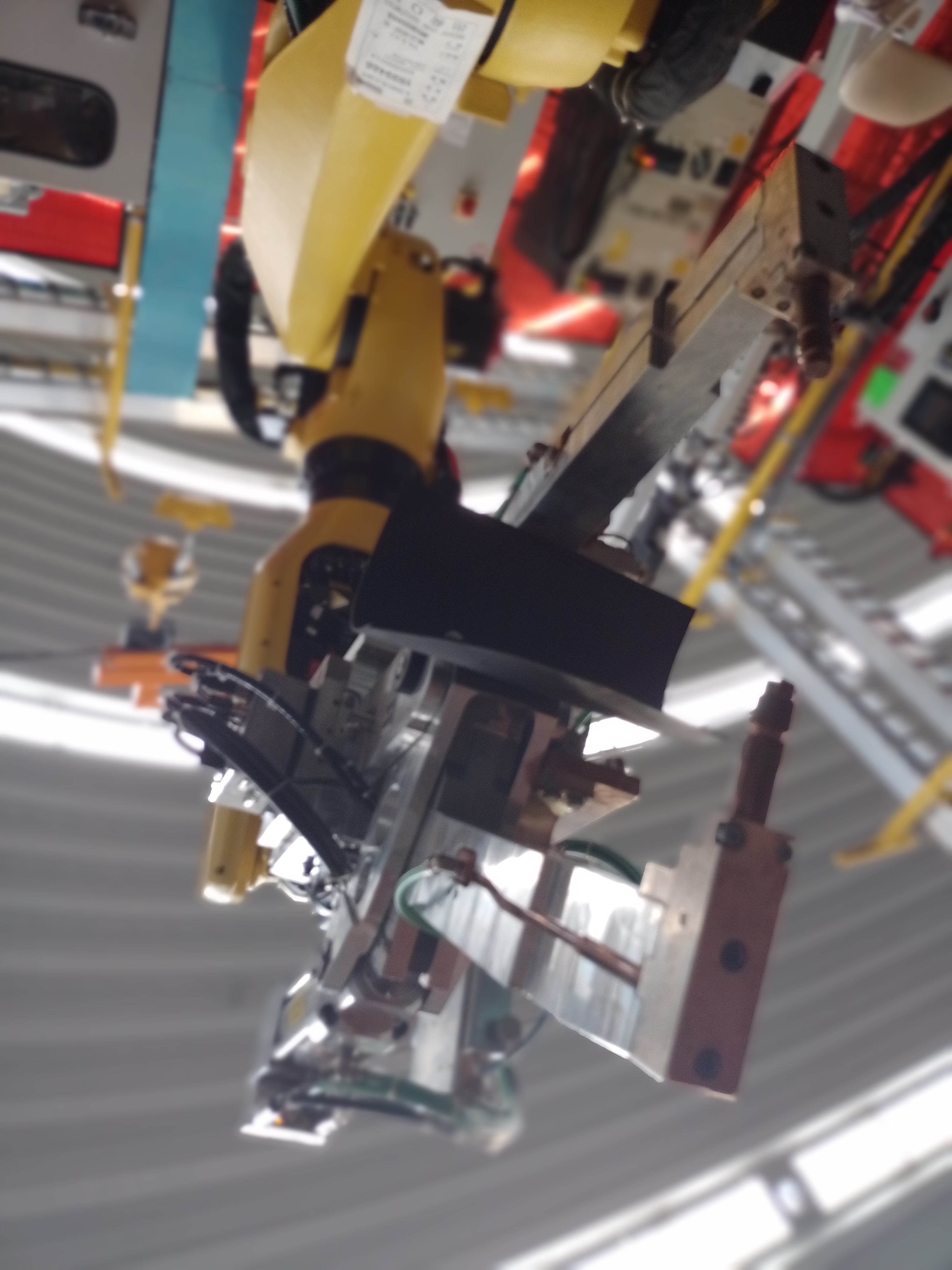
Process by which metals can be joined together by applying pressure and conducting a strong electric current through the metal combination to heat up the welding joint and melt the metals, forging them together.. Thicknesses up to 3.0 mm can be attached.
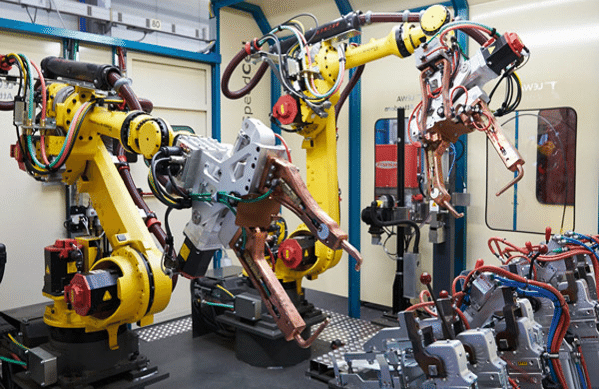
Laser Welding
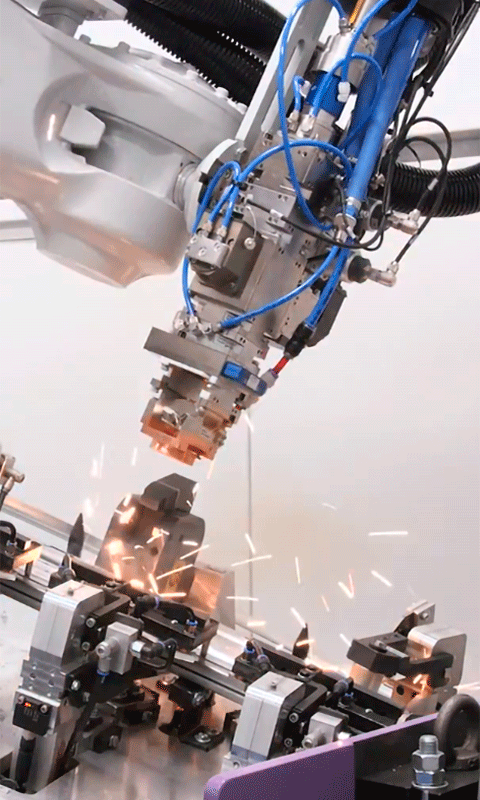
Is a fusion welding process in which two metal pieces are joined together by the use of laser. The laser beam provides a concentrated heat source, focused to the cavity between the two metal pieces to be joined. Different types of LASER process exist depending on the need.
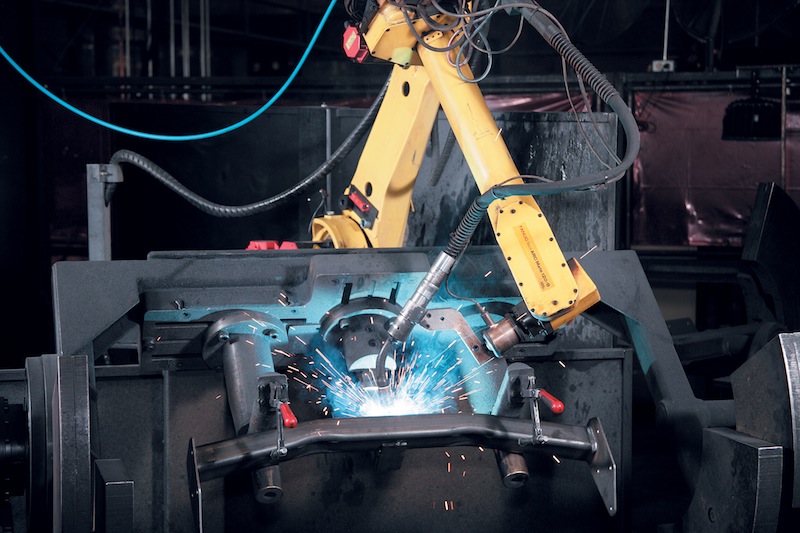
Stud Welding
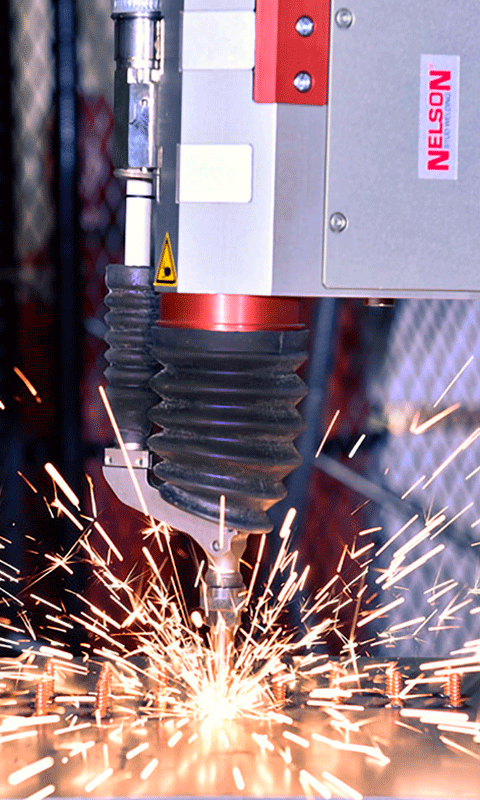
Stud welding is a process by which a metal stud is joined to a metal workpiece by heating both parts with an arc of electricity. Compared with other welding and fastening processes, stud welding offers faster assembly with fewer steps
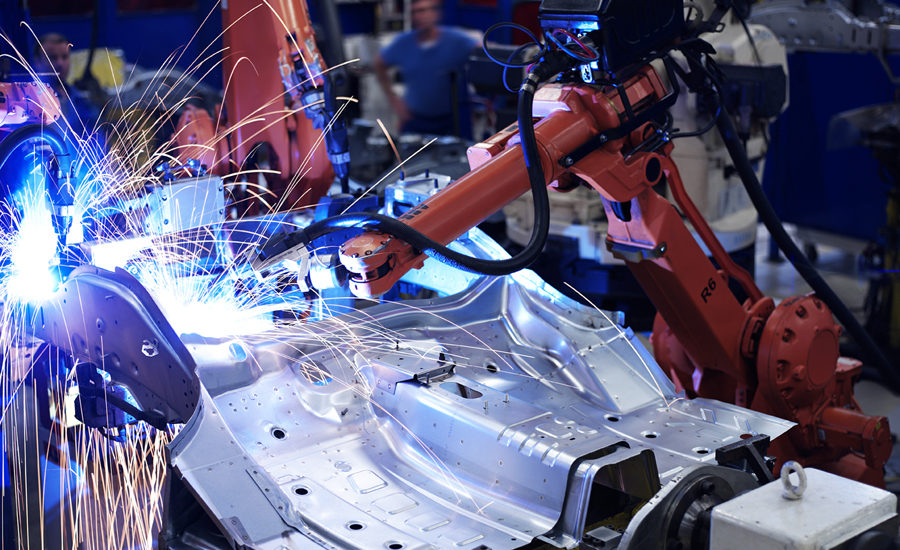
Hybrid Laser Welding
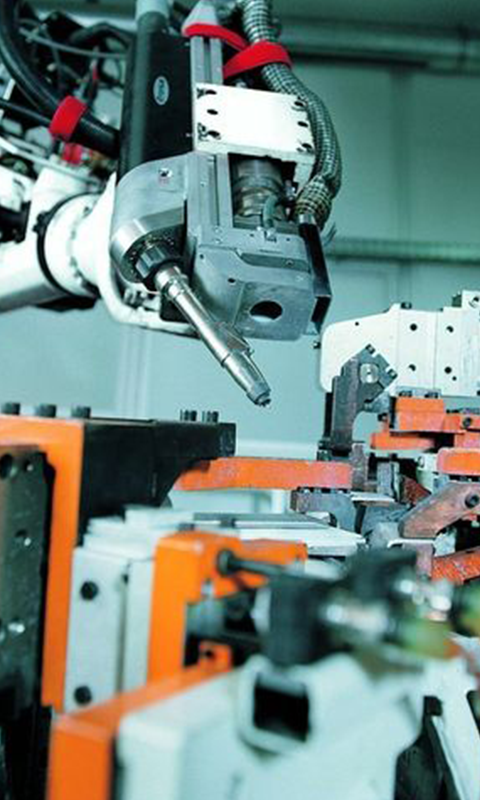
In this welding procedure, an advancing laser beam heats the surface of the part and generates a thin and deep pool of melt, immediately afterwards, an electric arc follows that causes a good joint of the flanks. This welding procedure is used mainly in shipbuilding and in the manufacture of automobiles and railway components.
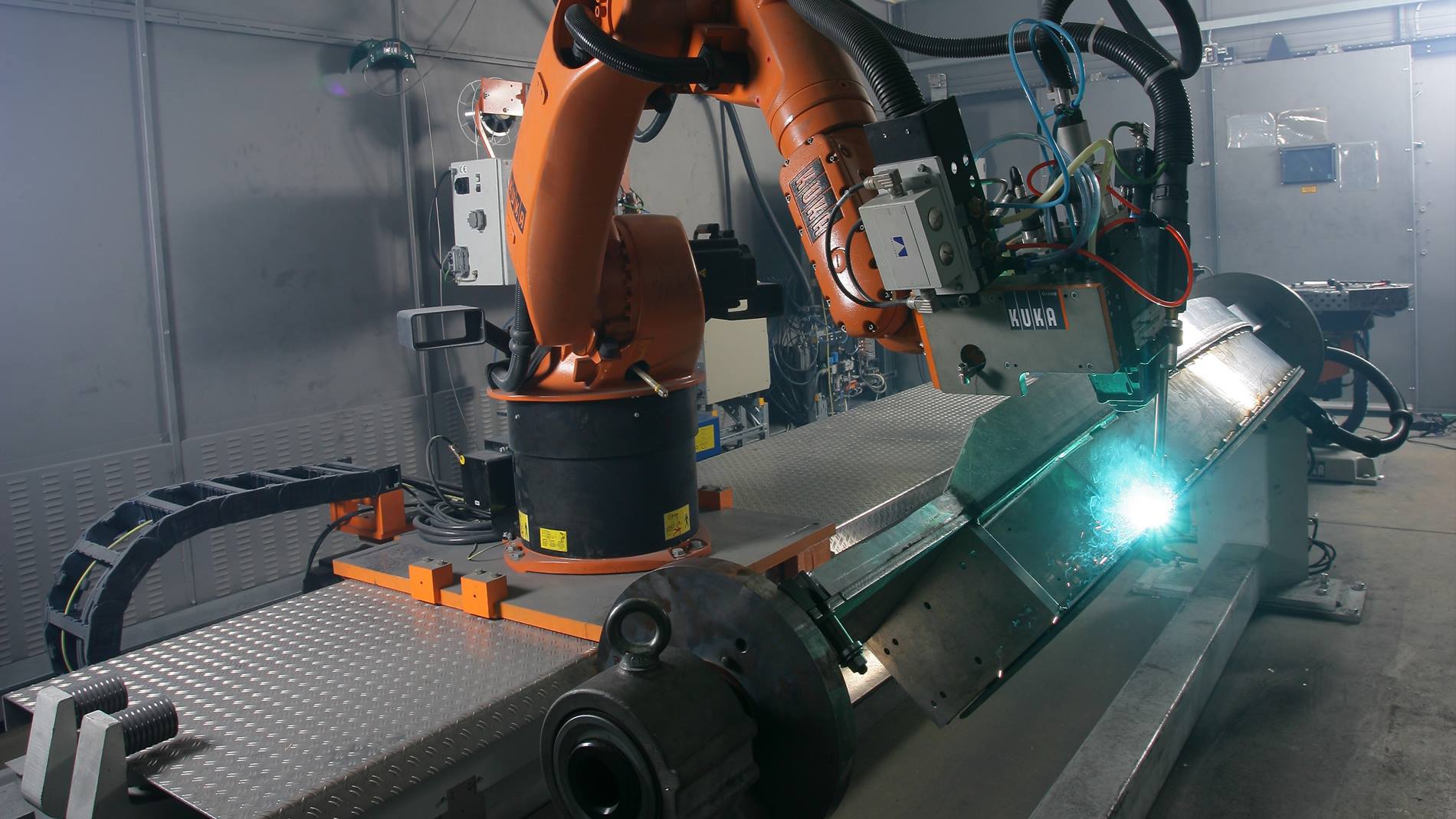
Material Handling
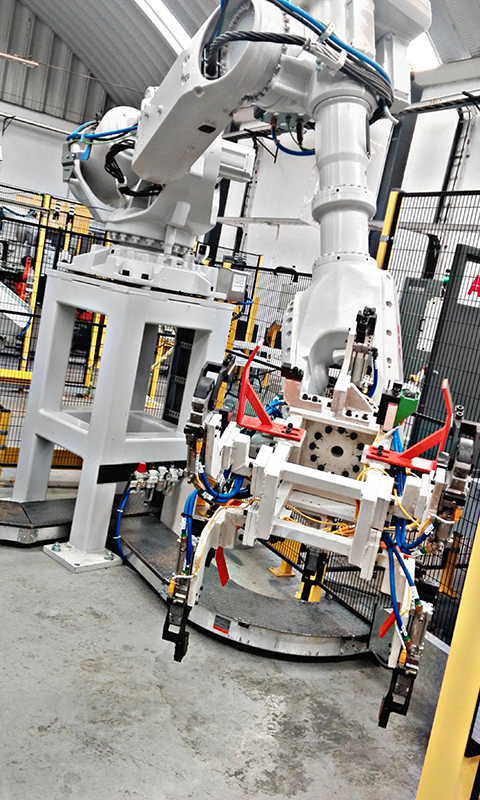
Material Handling
Seal & Adhesive Dispensing
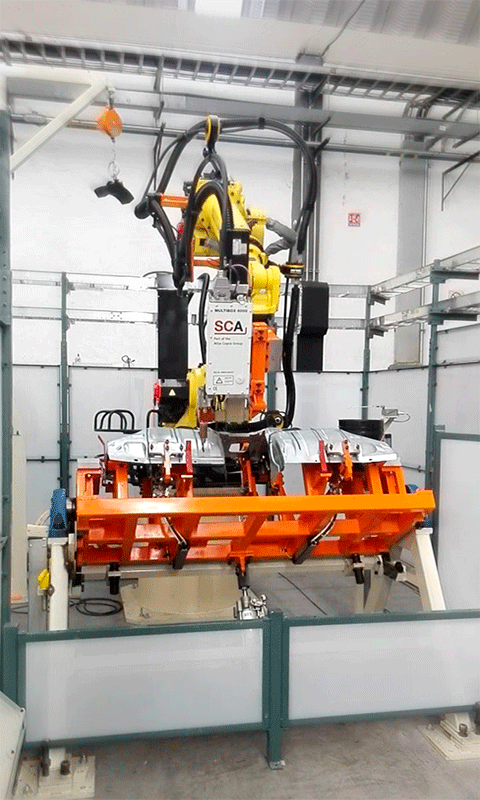
Automatic process in which the application of seal / adhesive on fixed or mobile materials is carried out in a uniform, continuous and precise way through the integration of an industrial robot and elements of a dispensing system.
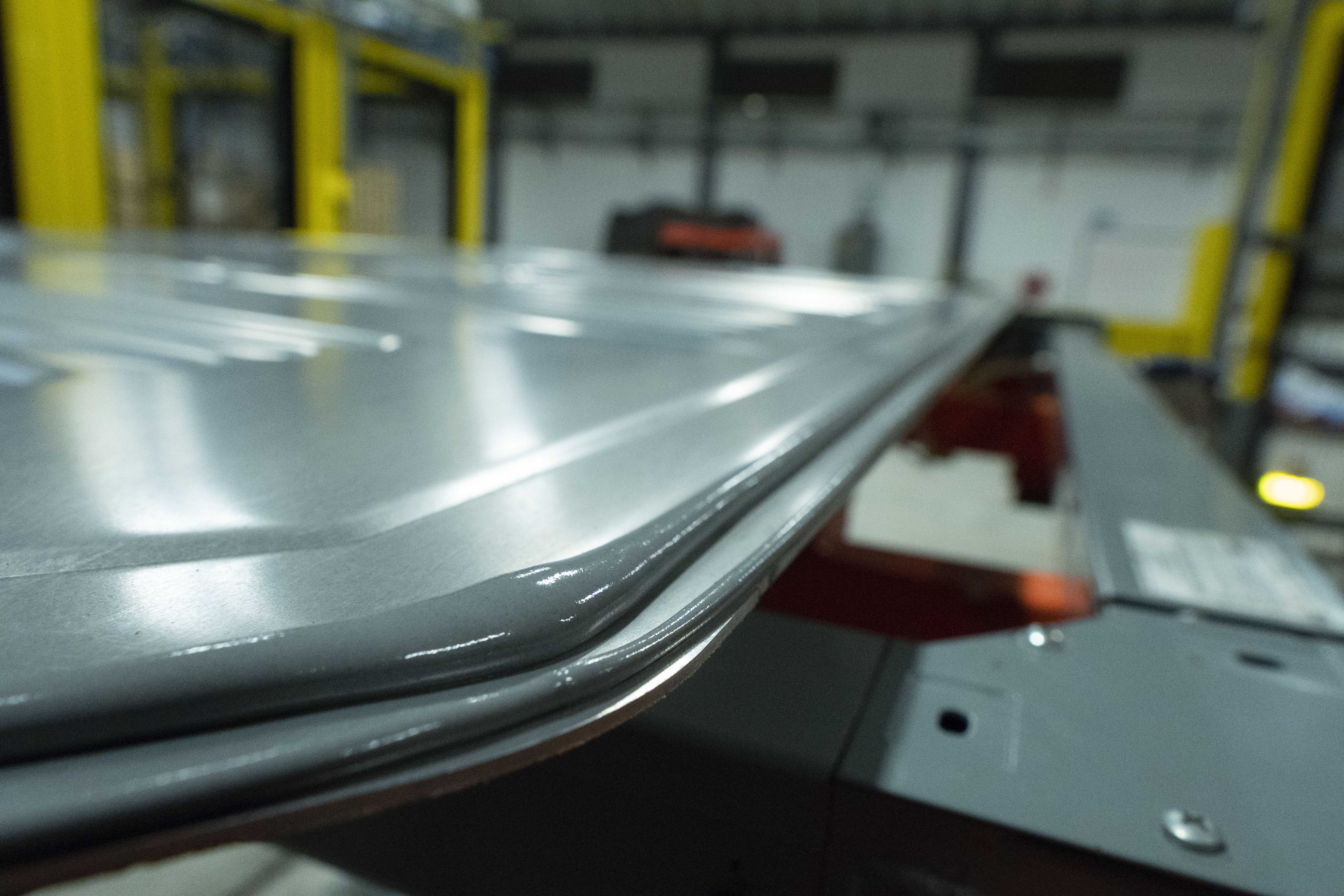
SPR (Self Pierce Riverting)
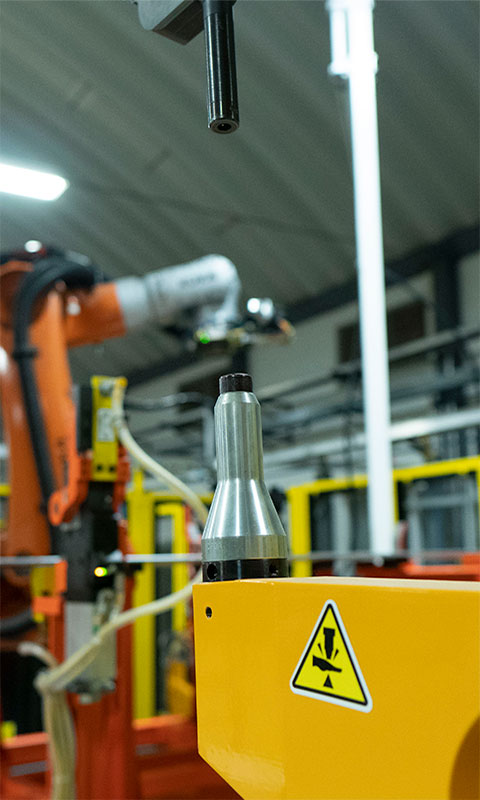
Method of joining 2 or more pieces by deformation of the material cold using a rivet. This process consists of driving a high-force rivet through the layers of the materials to be joined, without the need to have a pre-drilled hole; It is a matrix that makes the rivet tail widen and form the joint, this technology is ideal for the multiple joining of similar or different combinations of materials (plastics, aluminum, steels), it is compatible with adhesives and lubricants as well.
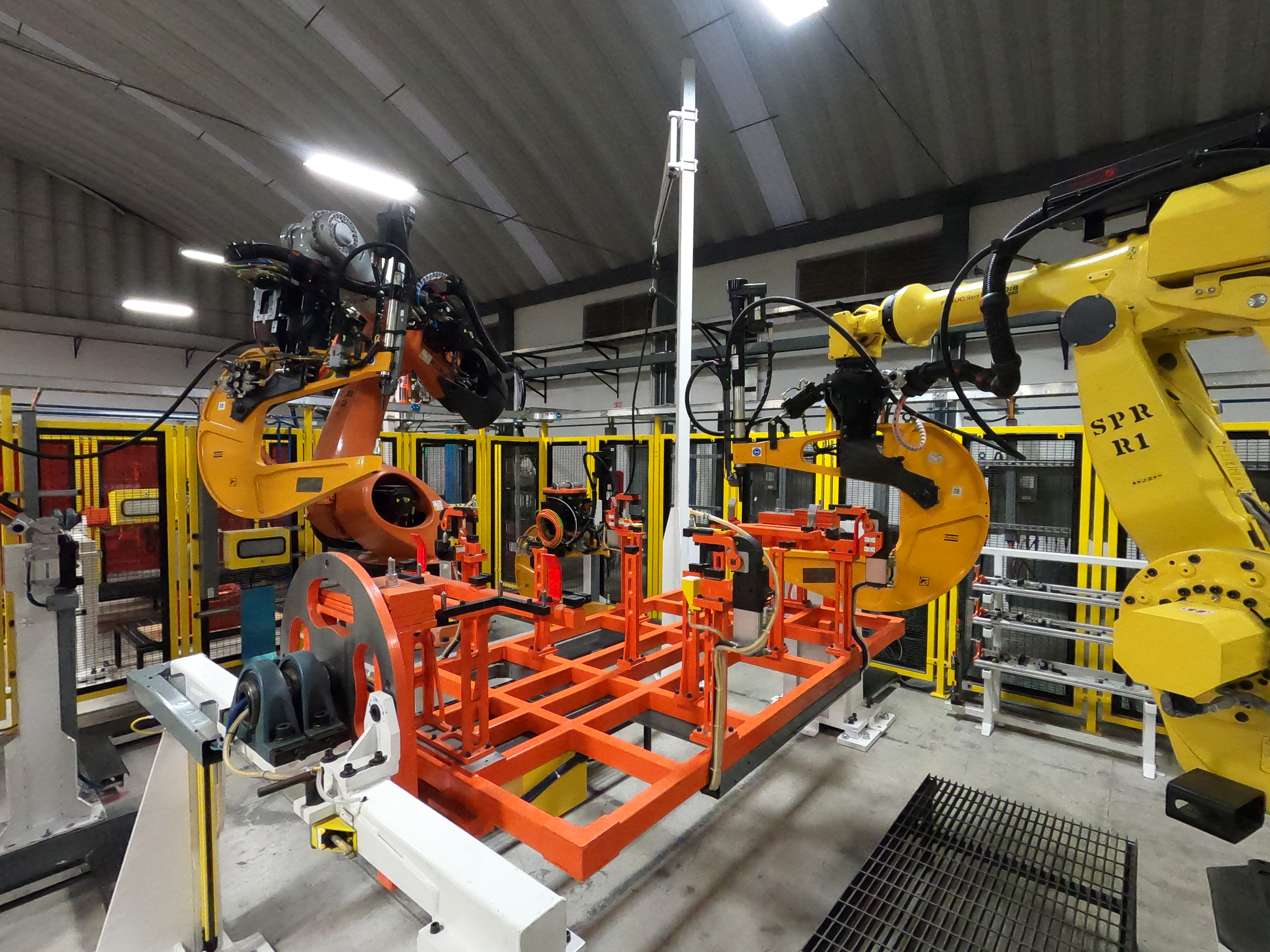
Clinching
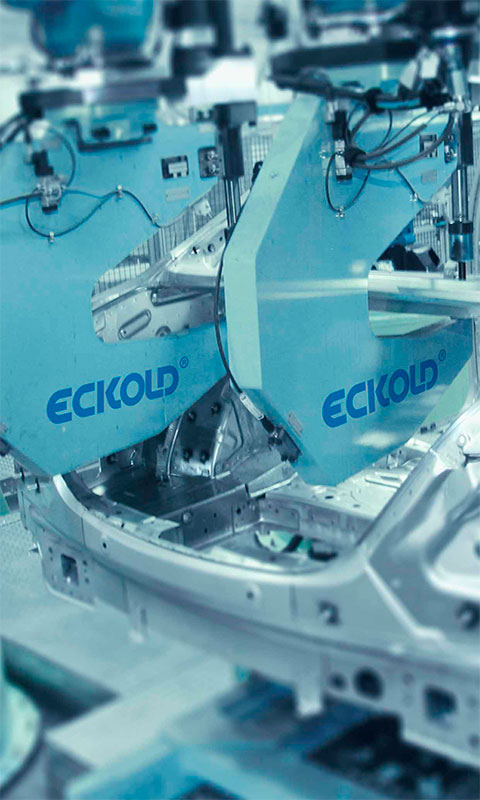
Joining process for materials such as steel, aluminum, stainless steel, plastics reinforced by pressure, the clinching point is produced by the interaction of the materials to be joined between a punch and a die, using only the principle of cold forming.
